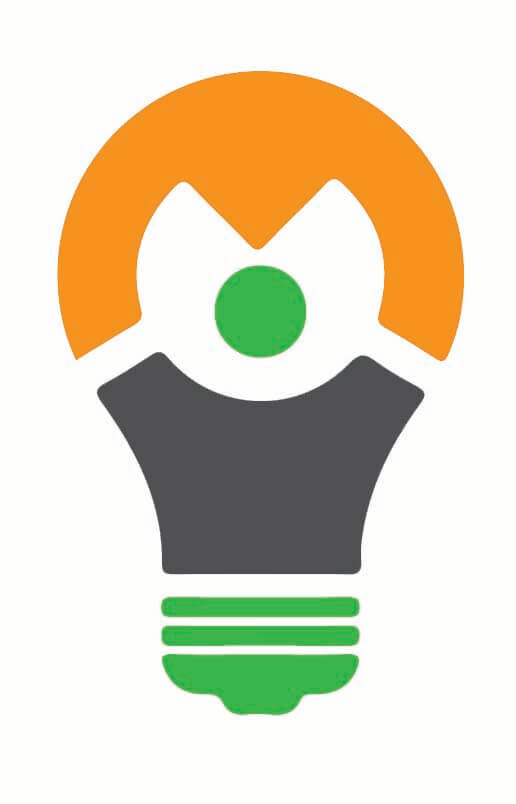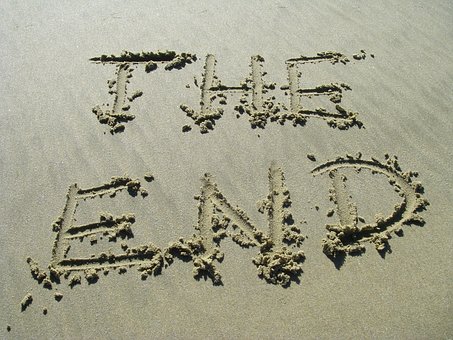Someone said to me the other day, “All good things must come to an end.“
Why?
Why isn’t it that all bad things come to an end?
When it comes to things in our lives, I’m sure it’s easier for us to list the bad rather than the good. It doesn’t mean there are more bad than good things in our lives, but they’re usually what we give more attention to.
We tend to spend an enormous amount of time and thought in hopes of ridding ourselves of the bad things in life right?
We attempt to rid ourselves of debt we’ve piled up over the years, the weight that we’ve put on around the holidays, and habits we aren’t proud we possess.
Unfortunately, we don’t always get around to accomplishing these things. Why is that?
We want the good things to continue and the bad to cease, but what are we doing to make that happen?
I read recently that 70% of workers in the U.S. are unhappy at their job. That’s entirely too large a number of people that are dissatisfied or are settling for a paycheck.
If we’re that unhappy about our jobs, what else are we discontent about in life?
I think the trickle down effect of something that causes discontentment bleeds into other areas of our lives and we can wind up with a handful of things, or worse, everything that makes us unhappy or depressed.
When we get to that point, it can be overwhelming and often we don’t try to fix anything because we want everything fixed in one fell swoop which is impossible.
Is that it? Do we just settle and doom ourselves to living with the emotional, mental, spiritual, or physical weights that drag us down?
I hope not.
I hope there’s enough fight in us that spurs us to action and we shake the funk we find ourselves in.
How can we do this, though?
Charles Duhigg in his book The Power of Habit, explains the impact of how a keystone habit can help us in this area.
A keystone habit is one thing that we change that affects other parts of our lives.
For example, you decide to exercise every day. When you exercise, your body releases chemicals called endorphins. Endorphins trigger a positive feeling which puts you in a better mood.
Being in a better mood makes you more pleasant to be around which helps your relationships.
Exercising also provides you with added energy to make you productive. That can lead to better job performance, perhaps a promotion, and financial rewards as well.
So a keystone habit of exercise impacts all these areas of your life and we didn’t even touch on how healthier you become!
How can you incorporate this into your life?
I’d like to suggest 4 ways we can put the bad to bed.
1. Take inventory
Get a spreadsheet or as primitive as a pencil and a piece of paper if you have to. Then list all the areas of your life that you would like to see changed.
Don’t be afraid if your list starts getting too long either.
A few years ago when I began writing out the things, or goals, I wanted to accomplish that year, I didn’t realize how big my list was going to be until I saw it written down. These weren’t minuscule, they were major items in my life I wanted to see a change in.
However short or long your list is, it’s YOUR list. Don’t compare your list to others and start to feel as though you have more to overcome. You have no idea what anyone else has on their list, so, take inventory of you and not them.
2. Organize
Look at all the items on your list and organize them.
When I was creating my yearly goals, I searched for commonalities in them. Were these things that I wanted to accomplish on a daily basis? Monthly?
What items do I need help in?
Figure out a way to organize the items you’ve listed in a limited amount of categories. Whatever that is, you decide it.
Remember, this is YOUR list!
Maybe you have 4 major categories: health, finance, relationships, and attitude.
Maybe you have 6 or 7, regardless of the amount, organize them into areas that can be tied together.
3. Change one thing
Look at your categories and you should have your items configured in such a way that you can see a discernable thread that runs between each of them.
Now here’s the hard part. Pick one, just one, that you can use as a keystone habit in each category.
This behavior or change is where you will start. You are not looking to change every item on the list on day 1, so just pick one that will impact the others.
Develop a plan to change that one thing and stick to it. Just that one thing.
If you’re a rock star and can pick 1 from each category, go for it!
But if not, don’t put that kind of pressure on yourself. You didn’t get yourself into this situation overnight, or even perhaps in one year, so allow time to work through these things.
These are YOUR items on YOUR list where you spend YOUR time.
Let’s commit to altering one of these and sticking to that plan for 90 days.
4. Be accountable
For the next 90 days, you’re on a mission, you’re laser focused, you’re determined.
Sometimes when we try to change something, no one else knows about it, so what happens? It’s easy to stop moving.
No one will miss you at the gym, so you skip a few days.
No one knows you didn’t save those extra few dollars this month, so you treat yourself.
No one knows you didn’t go back to school this semester, so you skip a semester which turns into 2 or 3 or 5 years.
Isn’t this kind of how we created a lot of these things we’re trying to change in the first place? We did it to ourselves with no one watching.
Find someone in your life that you trust and wants to see you succeed. Have a conversation with them and let them know how serious you are about the changes you are going to make.
Whatever area of your life you’re investing in, get them involved in it.
When we have to report to someone and there is a deadline imposed, we’re more conscious about making better decisions daily.
Be honest with them and if you miss a day or a week, don’t give up. We all do. Just make progress.
I know it’s easier said than done, but if you’re ready to leave the “what if” behind, then you’re up for the challenge that lies ahead.
When we have a plan, determination, and others on board, we’re much more likely to see things through to the end than letting them fall by the wayside.
When we have a plan, determination, and others on board, we’re much more likely to see things through to the end than letting them fall by the wayside. Click To Tweet
If you’ve successfully changed something you didn’t like in your life, what would you add that might help someone else? Comment below and share!




